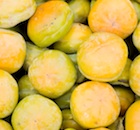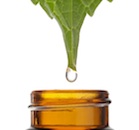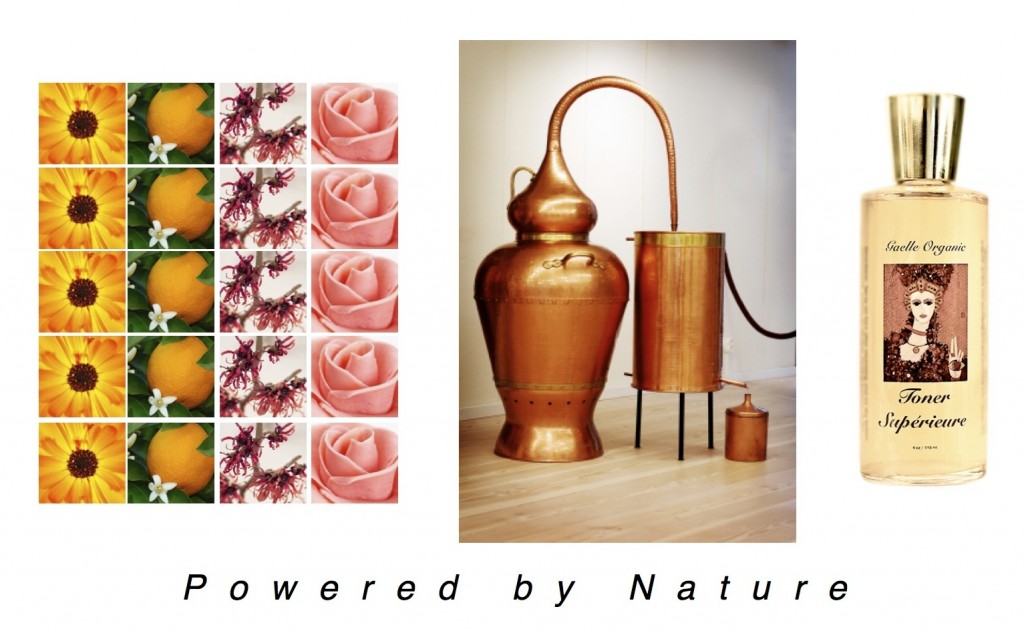Hydrosols
 The chemicals in plants vaporize at different temperatures. This lets distillers separate one chemical from another to create different products.
The chemicals in plants vaporize at different temperatures. This lets distillers separate one chemical from another to create different products.
The oils evaporate first, yielding essential oils. Water, containing traces of the oils and water-soluble chemicals, evaporates next. It is the “hydrosol.”
Hydrosols used to be bi-products of the more-important essential oil production, but nowadays, they are highly prized in their own right and are regarded as “co-products.” In some cases, they are the main event.
Hydrosols contain a larger variety of chemicals than essential oils. They have all the water-soluble chemicals that stay behind when essential oils are distilled, 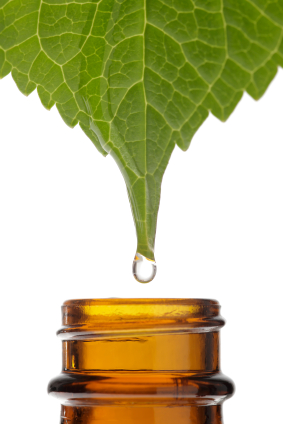 plus they retain trace quantities of the oils. This results in hydrosols having different scents than essential oils. And, according to some, it is why they deliver greater therapeutic benefits, especially to the skin.
plus they retain trace quantities of the oils. This results in hydrosols having different scents than essential oils. And, according to some, it is why they deliver greater therapeutic benefits, especially to the skin.
Hydrosols in skin care
natural astringents – they minimize pores
antiseptic – they clear the complexion
pH-balanced – they reduce breakouts
heavenly scent – they refresh and delight
gentler and better-tolerated than essential oils
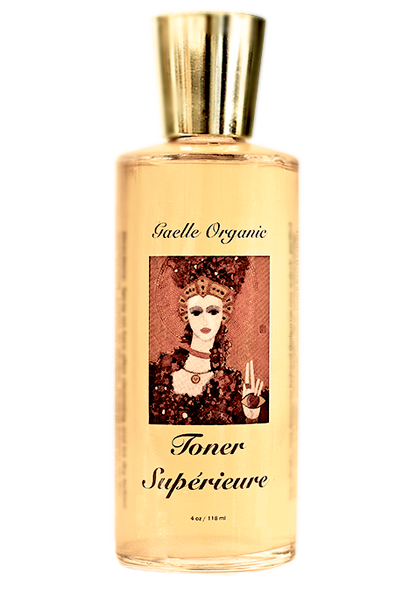 They are sometimes called flower water, or essential water. Common examples in skin care are rose water, orange blossom water, and witch hazel extract –hydrosols that are ideal in facial toners.
They are sometimes called flower water, or essential water. Common examples in skin care are rose water, orange blossom water, and witch hazel extract –hydrosols that are ideal in facial toners.
At Gaelle Organic, we use the finest organic hydrosols and natural astringents. We infuse them with healing herbs – calendula flowers, rose petals, mint leaves, elder flowers and green tea. Then we blend them into Toner Superieure, a facial toner you can use on any skin to minimize pores, reduce breakouts, clear your complexion, and restore your skin’s healthy pH balance.

